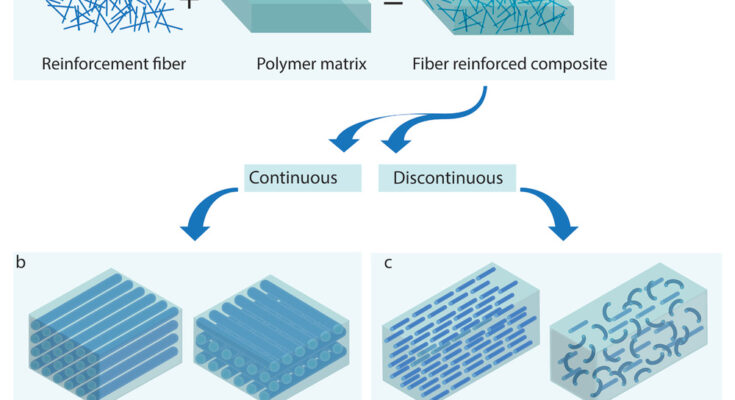In the ever-evolving world of construction and infrastructure, staying ahead of the curve is essential. Whether you’re a civil contractor, council representative, government body, steel fabricator, landscaper, architect, engineer, or structural designer, the choices you make today will define the durability and cost-effectiveness of your projects for years to come. As demands on infrastructure grow, so too does the need for materials that are not only strong but also economical. Enter FRP composite solutions—a revolutionary approach that promises to cut costs while boosting the strength and longevity of your projects.
The Economic Burden of Traditional Materials
Traditional construction materials like steel, concrete, and wood have long been the backbone of infrastructure. However, these materials come with a hidden cost: ongoing maintenance and frequent repairs. Steel is prone to rust and corrosion, especially in harsh environments. Concrete, while robust, can develop cracks over time, leading to costly repairs. Wood, though versatile and aesthetically pleasing, is vulnerable to rot, termites, and fire.
These issues not only drive up the cost of maintenance but also lead to significant downtime, delaying projects, and increasing overall expenses. For decision-makers, this means higher budgets, more resources spent on upkeep, and a greater environmental footprint due to the frequent need for repairs and replacements.
What Are FRP Composite Solutions?
Fiber-reinforced polymer (FRP) composites are advanced materials made by reinforcing polymers with fibers such as glass, carbon, or aramid. The result is a material that is lightweight, incredibly strong, and resistant to a wide range of environmental stressors. Unlike traditional materials, FRP composites do not corrode, crack, or deteriorate over time, making them an ideal choice for long-lasting infrastructure.
But what does this mean for your projects? Simply put, FRP composites offer a future-proof solution that reduces both initial construction costs and long-term maintenance expenses, all while providing superior performance.
How FRP Composites Cut Costs
- Reduced Maintenance: One of the most significant advantages of FRP composites is their resistance to corrosion, rot, and other forms of degradation. This means that structures built with FRP composites require far less maintenance than those made with traditional materials. For councils, government bodies, and contractors, this translates to lower ongoing costs and fewer disruptions due to repair work.
- Faster Installation: FRP composites are lightweight and easy to work with, allowing for quicker installation times compared to heavier materials like steel and concrete. This not only speeds up project timelines but also reduces labor costs. For steel fabricators and structural designers, the ease of installation opens up new possibilities for innovative design and efficient construction methods.
- Longer Lifespan: Structures made from FRP composites last longer, reducing the need for frequent replacements. Over the lifespan of a project, this can lead to significant cost savings. For example, in marine environments where steel structures are prone to rust, FRP composites remain unaffected by saltwater, providing a durable and cost-effective alternative.
Boosting Strength with FRP Composites
- High Strength-to-Weight Ratio: Despite being lightweight, FRP composites are incredibly strong. This makes them ideal for applications where both strength and weight are critical factors. For architects and engineers, this means greater flexibility in design, allowing for the creation of structures that are both strong and aesthetically pleasing without the burden of excess weight.
- Resilience in Harsh Environments: FRP composites are designed to withstand the most challenging environments, from extreme temperatures to chemical exposure. This makes them an excellent choice for projects in industrial settings, coastal areas, and other harsh environments where traditional materials might fail. For government bodies and councils, this resilience ensures that public infrastructure remains safe and functional for longer periods.
- Flexibility and Customization: FRP composites can be molded into virtually any shape, offering unparalleled design flexibility. This allows for customized solutions tailored to the specific needs of a project, whether it’s a pedestrian bridge, a seawall, or a building facade. For landscapers and architects, this flexibility opens up new possibilities for creative and functional designs that meet the unique demands of each project.
Real-World Applications of FRP Composites
Take the example of the Halls River Bridge in Florida. Originally built with traditional materials, the bridge faced constant issues 1 with corrosion due to its proximity to saltwater. After several costly repairs, the decision was made to rebuild the bridge using FRPcomposites. The result? A structure that not only withstood the harsh coastal environment but also required minimal maintenance, saving both time and money.
Another example is the San Francisco Bay Area Rapid Transit (BART) system. Faced with the challenge of maintaining an aging infrastructure, BART incorporated FRP composites into their retrofit projects. The use of FRP materials reduced the overall weight of the structures, improved their seismic performance, and extended their lifespan, all while keeping costs in check.
These examples demonstrate how FRP composites are being used to solve real-world challenges, providing a durable, cost-effective solution that meets the needs of modern infrastructure.
Conclusion: The Smart Choice for the Future
As infrastructure demands continue to grow, the need for materials that offer strength and cost savings becomes increasingly clear. FRP composite solutions provide a forward-thinking approach that addresses the limitations of traditional materials, offering superior durability, reduced maintenance, and greater design flexibility.
For decision-makers in the construction industry, choosing FRP composites is not just about cutting costs—it’s about investing in the future. By opting for materials that are built to last, you can ensure that your projects stand the test of time, providing safe, reliable infrastructure for years to come.
Ready to explore the advantages of FRP composites for your next project? Learn more about the sustainability of FRP composites and discover the benefits of working with DM Composites.
Cut costs. Boost strength. Choose DM Composites for a future-proof solution.




